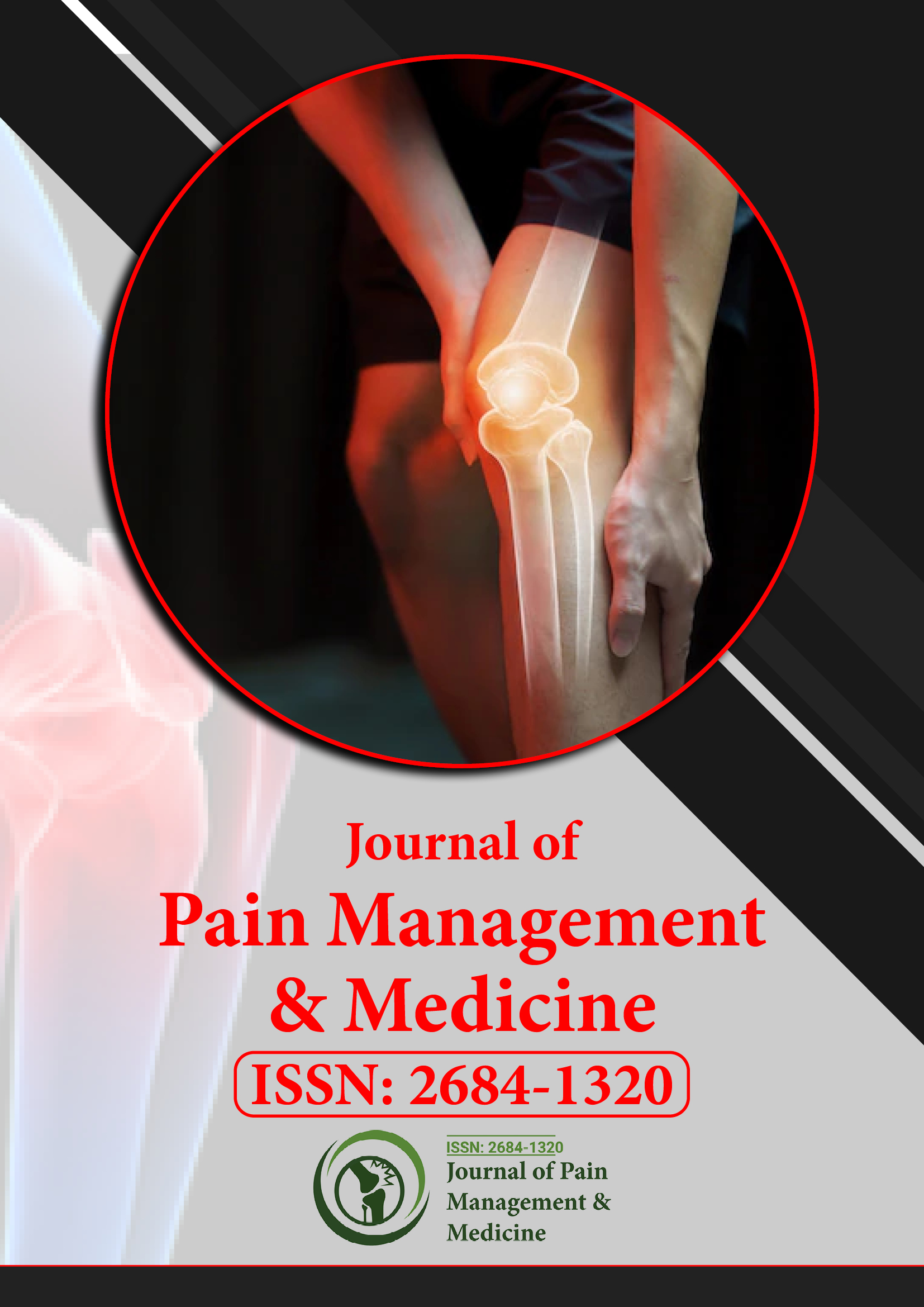зҙўеј•дәҺ
- еҸӮиҖғжҗңзҙў
- е“Ҳе§ҶиҫҫеӨ§еӯҰ
- дәҡеҲ©жЎ‘йӮЈе·һEBSCO
- жҷ®еёғйҡҶж–Ҝ
- 欧жҙІй…’еҗ§
- и°·жӯҢеӯҰжңҜ
- дјҳиҙЁејҖж”ҫиҺ·еҸ–еёӮеңә
жңүз”Ёзҡ„й“ҫжҺҘ
еҲҶдә«жӯӨйЎөйқў
жңҹеҲҠдј еҚ•

ејҖж”ҫиҺ·еҸ–жңҹеҲҠ
жҠҪиұЎзҡ„
ж°Ҝиғәй…®пјҡй«ҳеҺҹеҲӣдјӨжӮЈиҖ…зҡ„зҗҶжғіжӯўз—ӣж–№жі•
еҮҜе°”·жҲҙз»ҙж–Ҝ
жө·жӢ”й«ҳеәҰдјҡеҜјиҮҙдәәдҪ“еҸ‘з”ҹеҗ„з§Қз”ҹзҗҶеҸҳеҢ–гҖӮиҝҷдәӣеҸҳеҢ–дјҡжү°д№ұиҫ“йҖҒеҲ°з»Ҷиғһзҡ„ж°§ж°”йҮҸпјҢж”№еҸҳй…ёзўұе№іиЎЎпјҢеҜјиҮҙе‘јеҗёжҡӮеҒңгҖҒй«ҳзўій…ёиЎҖз—Үе’Ңзјәж°§зӯүејӮеёёжғ…еҶөгҖӮжүҖжңүиҝҷдәӣй—®йўҳйғҪжҳҜе‘јеҗёзҺҜеўғз©әж°”ж—¶дёҚеёёи§Ғзҡ„гҖӮйҡҸзқҖи¶ҠжқҘи¶ҠеӨҡзҡ„еҶ’йҷ©еҜ»жұӮеҲәжҝҖзҡ„дәәеүҚеҫҖй«ҳжө·жӢ”ең°еҢәпјҢеҢ»з–—жңҚеҠЎжҸҗдҫӣиҖ…дәҶи§ЈиҝҷдәӣеҪұе“ҚеҸҳеҫ—и¶ҠжқҘи¶ҠйҮҚиҰҒгҖӮзү№еҲ«е…іжіЁиҚҜзү©еңЁдҪҺж°§зҺҜеўғдёӯзҡ„иҚҜж•ҲеӯҰгҖӮеҲӣдјӨжӮЈиҖ…еңЁй«ҳжө·жӢ”ең°еҢәе°Өе…¶д»Өдәәе…іжіЁпјҢеӣ дёә他们йңҖиҰҒжҢҒз»ӯзӣ‘жөӢд»ҘеҸҠйҖӮеҪ“зҡ„иө„жәҗз®ЎзҗҶгҖӮжҜҸдҪҚжҸҗдҫӣиҖ…зҡ„еҲӣдјӨж–№жЎҲйғҪеҢ…жӢ¬еҜ№жӮЈиҖ…зҡ„з–јз—ӣз®ЎзҗҶгҖӮйҳҝзүҮзұ»йә»йҶүиҚҜзҡ„еүӮйҮҸдёҚеҪ“жҖ»жҳҜдјҡеҮәзҺ°дёҚиүҜеүҜдҪңз”ЁпјҢ然иҖҢиҫғдҪҺзҡ„ O2 еҲҶеҺӢдјҡеҠ еү§иҝҷдәӣй—®йўҳгҖӮиҝҷдәӣй—®йўҳдё»иҰҒдёҺе‘јеҗёй©ұеҠЁзҡ„жҠ‘еҲ¶жңүе…ігҖӮеӣ жӯӨпјҢеўһеҠ дәҶеңЁй«ҳжө·жӢ”ең°еҢәдҪҝз”Ёйә»йҶүиҚҜзҡ„йЈҺйҷ©гҖӮж°Ҝиғәй…®еҸҜд»ҘжҲҗеҠҹж»Ўи¶ій«ҳжө·жӢ”ең°еҢәзҡ„й•Үз—ӣйңҖжұӮпјҢеҗҢж—¶ж¶ҲйҷӨдёӯжһўзҘһз»Ҹзі»з»ҹжҠ‘еҲ¶зҡ„дёҘйҮҚеҸҜиғҪжҖ§гҖӮжң¬ж–Үж—ЁеңЁж•ҷиӮІе’ҢжҺЁе№ҝж°Ҝиғәй…®еңЁй«ҳеҺҹеҲӣдјӨжӮЈиҖ…дёӯзҡ„еә”з”ЁгҖӮжңҖз»Ҳзӣ®ж ҮжҳҜе»әз«ӢдҝЎеҝғпјҢйҒҝе…ҚеңЁд»»дҪ•дёҘй…·зҡ„зҺҜеўғдёӯеҮәзҺ°з–ҸеҝҪеӨ§ж„Ҹзҡ„й”ҷиҜҜпјҢиҖҢдёҚжҳҜзҠҜй”ҷгҖӮ